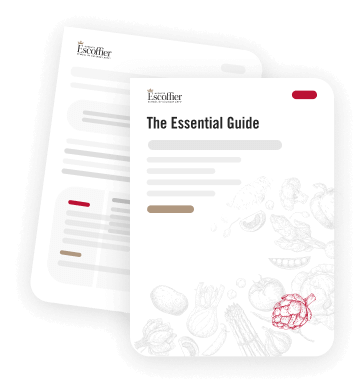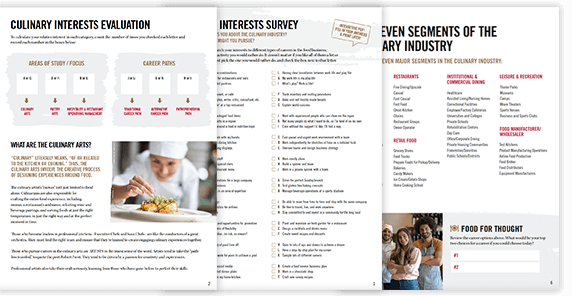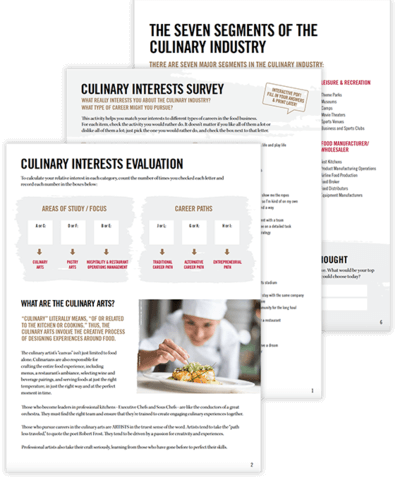Why Knife Cuts Matter

By: Patti Cook, BA, MS, Ed.D, Culinary Grad, B&P Student (Photo Credit)
When people find out I’m a health-conscious chef and in culinary school, they often ask me for secrets of how they can eat healthier. My response is always the same: to eat healthier, cook food in your own kitchen. I also sometimes add that you need a decent knife that is sharp and a cutting board. Above all else, I’ve learned in culinary school that knife cuts matter. It’s also key to properly sharpen and take care of your knives in order to get the best cuts. Lots of chefs use an 8- or 10-inch chef knife for general use. I have small hands and found that using a 6-inch chef knife worked better for me. It’s a good size for beginning cooks to start with because it’s usually long enough to cut what you need, but not too long that it’s hard to handle.
More often than not, cooking includes using a knife. An essential technique for most successful cooking is to cut up food into pieces that are about the same size. The food then cooks evenly so you don’t end up with some pieces overcooked and others undercooked. Recipes use all kinds of words to describe cutting up food. Chop and dice essentially mean the same thing—cut up food with a knife. Chop often implies a larger cut while dice is smaller. Then one may ask—smaller than what?
Culinary & Pastry Career Survey
Culinary & Pastry Career Survey
What's your ideal culinary career? Answer 20 simple questions and see if your dream career gets revealed to you.

We’ve compiled of all of the essential questions into one handy guide: Career options, description of skill requirements, and more!


Some basic words that recipes use to describe knife cuts include:
Mince: Cut up food into teeny tiny pieces (even smaller than finely chopped).
Finely chop or dice: Cut into very small pieces (less than 1/8 inch).
Small dice: Chop food into ¼-inch pieces.
Medium dice: Chop food into ½-inch pieces.
Large dice: chop food into 3/4- to 1-inch pieces.
Julienne: Technically, this is 2½x1/8 x1/8-inch matchsticks, but lots of people use the term more generally to describe matchstick strips.
And, then, my personal favorite when I see it in a recipe…Bite-size: Cut up food into, yes, bite-size pieces—usually about an inch.
From my kitchen seat, just as many people would buy a pair of sneakers to begin an exercise plan, getting a good knife and learning knife skills gives a cook solid footing for making delicious healthy food. And, most important, greatly contributes to enjoyment in every evenly cooked bite.
If you like this post, please be sure to check out the following!
How To Zest Citrus Fruits
How To Segment Citrus Fruit

